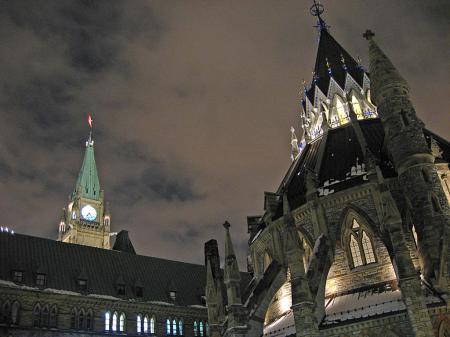
In a relatively big announcement today, British Columbia has announced a new carbon tax on gasoline, diesel, natural gas, coal, propane and home-heating fuel. Canada-wide, the combustion of fossil fuels represents about 70% of total emissions, with the remainder consisting of things like industrial process emissions and those associated with landfills. The B.C. tax takes effect on July 1st, starting at $10 a tonne and rising to $30 a tonne by 2012.
Like many proposed carbon taxes, the British Columbian scheme aims to be revenue neutral, with the funds collected being primarily redistributed back to consumers through reductions in other taxes and increased grants to low-income individuals. This somewhat reduces the environmental effectiveness of the tax, since some of the refunded money will be used to continue doing emissions intensive things, but it makes it easier to defuse claims that this is an excessive new burden on low income people. The projected emissions reduction for the next three years is 1 Mt per year – just 1.5% of the B.C. total, but a start. At present, British Columbia is in the middle of the pack when it comes to emissions among Canadian provinces: approximately on par with Quebec and Saskatchewan, but significantly behind Alberta and Ontario.
B.C. is also part of a regional climatic organization called the Western Climate Initiative, which aims to launch a cap-and-trade scheme for greenhouse gasses. With luck, such provincial and regional systems will yield both absolute reductions in emissions and useful lessons in policy design.





